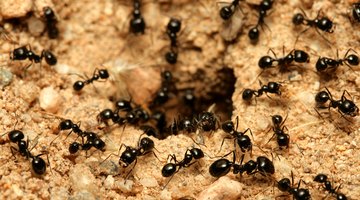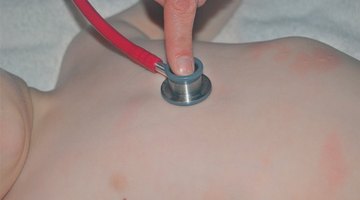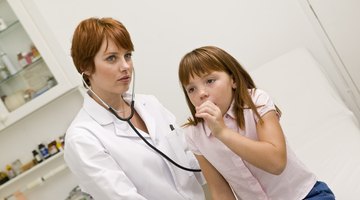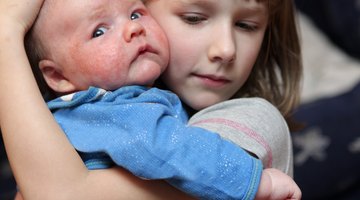Home Remedy for Styes on Toddlers
Waking up with an eye crusty with pus is unpleasant for both your toddler and you.
Styes are common in children and result from a bacterial infection.
In most cases, the infection causing the pus resolves without treatment, although a simple remedy can help it clear faster. Styes rarely require medical attention.
Description
Styes are simply an infection of an oil gland on the eyelid.
Styes appear as red, pus-filled lumps on the upper or lower eyelid, explains Baby Center on its website. The pus is either white or a yellowish color and may ooze, causing a sticky discharge that crusts over when it dries. The infection results from contamination with the bacteria Staphylococcus aureus, notes the website KidsHealth. Staph bacteria are widespread and usually do not cause infection. When a toddler rubs his eyes with dirty hands, however, the bacteria can infect the eyelid.
Styes in Children
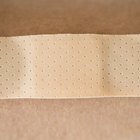
How to Heal a Toddler's Scraped Nose
Learn More
Styes occur at any age but are typically more common in children than adults, says Natural Eye Care. Children are more likely than adults to rub their eyes and are less likely to wash their hands before touching their eyes or face. Styes may develop on only one eye or they may spread to both eyes from cross-contamination.
Home Remedy
The infection causing a stye most often clears in a few days without any type of treatment, says Baby Center.
Applying warm compresses helps draw out the infection and drain the pus.
If the pus drains more quickly, the redness and swelling also resolve faster. To make a warm compress, dampen a clean washcloth with warm -- not hot -- water.
Lay the cloth gently over your toddler’s infected eye for 10 to 15 minutes. Repeat three to four times daily until the pus drains.
Prevention
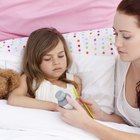
How to Help a Wheezing Toddler
Learn More
Styes are difficult to prevent. Frequent hand washing and good hygiene prevent eye infections, but these habits are difficult to instill in toddlers, suggests KidsHealth.
Prevent cross-contamination by washing your hands frequently. Always use a clean washcloth for warm compresses and wash the used cloth in hot, soapy water and dry thoroughly in a clothes dryer. Do not use the same washcloth to wash both of your toddler’s eyes or his face. Make sure family members do not share towels.
Considerations
Having a stye does not mean your toddler needs to stay home from daycare.
Baby Center recommends asking daycare staff to help your toddler wash her hands throughout the day and to avoid using the same towels and clothes as other children. Styes rarely need medical attention.
See your health care provider if the stye has not drained after a week of using warm compresses, if your child’s entire eyelid appears inflamed and red or if the infection spreads to the child’s other eye. You child may need an antibiotic cream to fight the infection.





